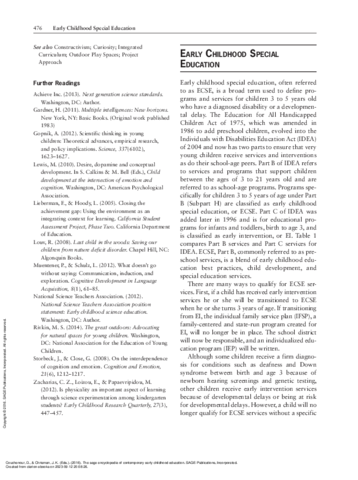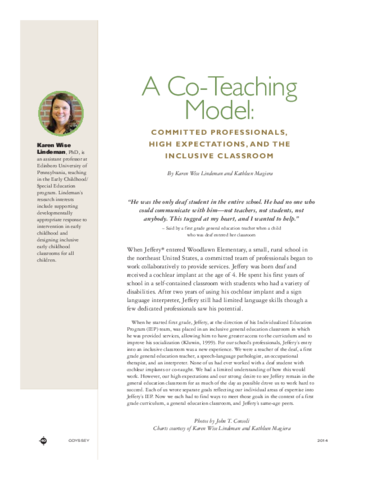European Journal of Trauma & Dissociation, vol 6, no. 1.
The SAGE Encyclopedia of Early Childhood Education.
The SAGE Encyclopedia of Early Childhood Education
Journal of Child Sexual Abuse: Research, Treatment, & Program Innovations for Victims, Survivors, & Offenders, vol. 32, no. 1.
Journal of Computer Information Systems, vol. 63, no. 2.
Odyssey: New Directions in Deaf Education, v15
Technical Services Quarterly, vol. 40, no. 1.
Health & Social Work, vol. 46, no. 2.
Trauma-Informed Pedagogies: A Guide for Responding to Crisis in Equality in Higher Education.
Lessons from the Pandemic: Trauma-Informed Approaches to College, Crisis, Change
The School Community Journal, vol. 27, no. 2.
Journal of Women & Aging, vol 34, no. 6.
Ear, Nose & Throat Journal, vol. 101, no. 9S.
Health & Social Work, vol. 45, no. 4.
Health & Social Work, vol. 46, no. 3.
Health & Social Work, vol 46, no. 4.
Health & Social Work, vol. 47, no. 1.
Health and Social Work, vol. 48, no. 1.
Health and Social Work, vol. 43, no. 4.
Advances in Early Education & Day Care, vol. 17.
The Clearing House: A Journal of Educational Strategies, Issues and Ideas, vol 95, no. 3.
The children transition to the writing center to draw their plans. As they work, they excitedly discuss their drawings with Mrs. Michelson and each other. Mrs. Michelson takes this opportunity to scaffold their learning by asking questions during the design stage. She says to Jelani, “I see you have gears on your machine. Do you think the unit blocks or the magnetic blocks might work better for your building?” Mrs. Michelson tells Alice, “I noticed your machine has a long, thin base. What shape blocks will you need to create the base?” With a hypothesized plan and some ideas for materials, the children eagerly head to the block center to begin building.
Young Children, 2015, vol 70, no. 1.
Trauma-Informed Pedagogies





















